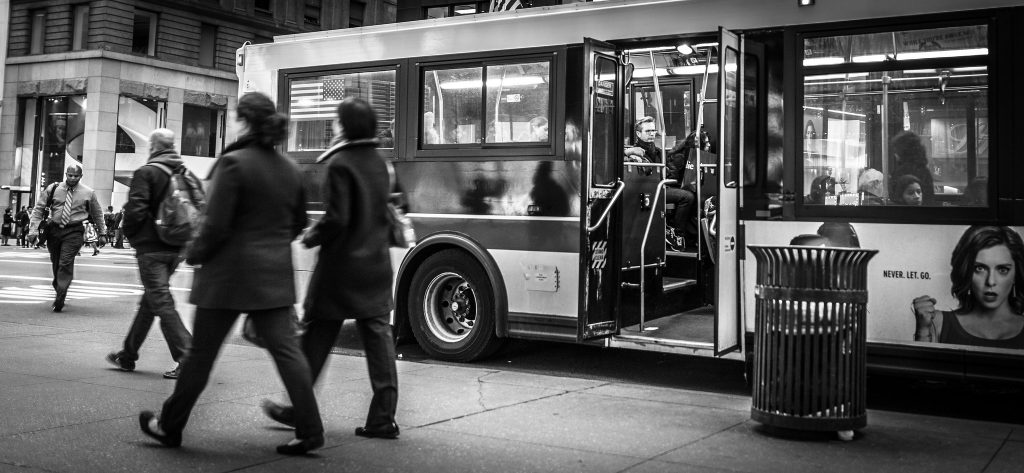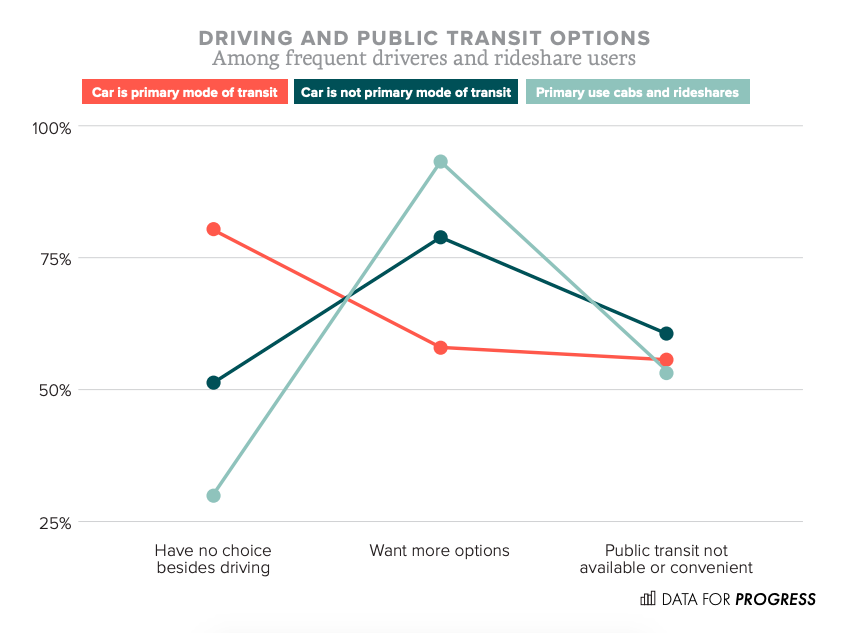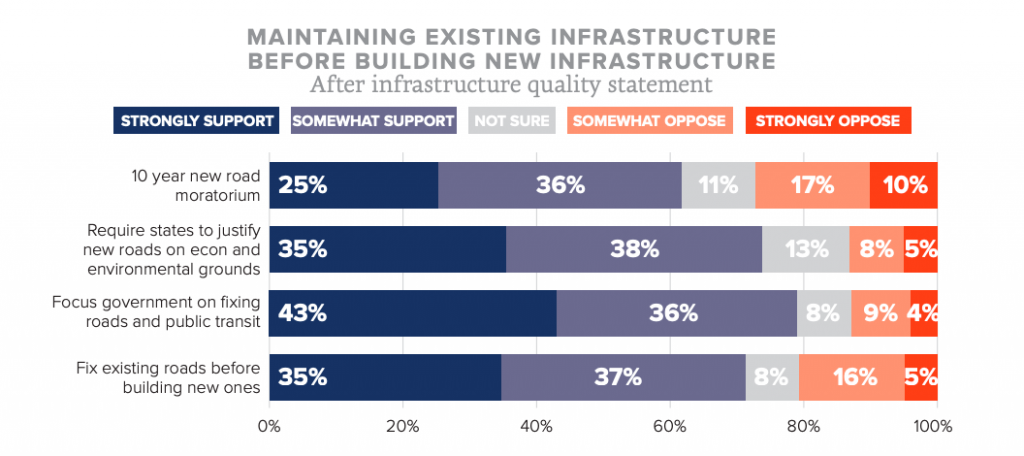
With COVID-19 throwing public transportation into an existential crisis, Transportation for America mobilized to preserve America’s most essential transportation service—and we did, with Congress agreeing to $25 billion in emergency assistance for transit operations last week. But while the news has understandably been consumed by COVID-19, the pandemic hasn’t been the only thing on our plates.
March Madness might have been cancelled, but it’s certainly been a crazy month in America—and crazy busy at Transportation for America. We started the month in report-a-palooza, gearing up to release two landmark reports—and then the global pandemic struck the United States.
Even though we’ve been working from home, we’re still laser-focused on our mission: to work towards a transportation system that safely, affordably and conveniently connects people of all means and abilities to jobs, services, and opportunity through multiple modes of travel. So here’s what else we’ve been up to.
Exposing the congestion con
The U.S. spends billions every year to “relieve congestion.” But building new and widening existing highways only makes traffic worse.
The Congestion Con, our report released earlier this month, found that congestion increased in regions that built new and widened existing freeways, regardless of population growth. Between 1993 and 2017, the U.S. increased the number of lane-miles in the largest 100 urbanized areas by 42 percent on average, significantly outstripping the 32 percent population growth in those regions over the same period. Yet this strategy has utterly failed to “solve” the problem at hand—delay is up in those urbanized areas by a staggering 144 percent.
You can read our full report or check out our webinar on the report with T4America Director Beth Osborne, Strong Towns Co-Founder and President Chuck Marohn, and Los Angeles DOT Transportation Planner Mariana Valdivia.
A Green New Deal for Transportation
The original Green New Deal, released in February 2019 by Rep. Alexandria Ocasio-Cortez (NY-14) and Senator Ed Markey (MA), catapulted discussion about an equitable transition to a carbon-neutral economy into the mainstream. But it had one glaring omission: how federal transportation policy and development patterns make it impossible to reduce transportation emissions.
A new report—A Green New Deal for City and Suburban Transportation—fills those gaps. Co-written by T4America, TransitCenter, Data for Progress and the Ian L. McHarg Center for Urbanism and Ecology, this Green New Deal gives transportation policy the same visionary makeover other sectors received in the original plan to show what we could achieve if our transportation and climate goals were aligned. Download the full report.
New polling shows that Americans support expanding public transit by 77-15 margin
What we always knew to be true is now backed up with polling: Voters want more transportation options. This month, T4America—alongside the same partners behind the Green New Deal for Transportation—released a new polling memo that found exactly that.
The data reinforces many of the same results we’ve seen in our polling over the years: voters are prepared to spend more on public transit and want to orient government spending toward improving existing infrastructure. While many rely on cars, a majority said they want to have other options to get around each day. Democrats and Republicans agree that the government should be prioritizing fixing our roads and helping with congestion in our cities.
You can download the full polling memo here, and get the highlights in this post from Emily Mangan.






